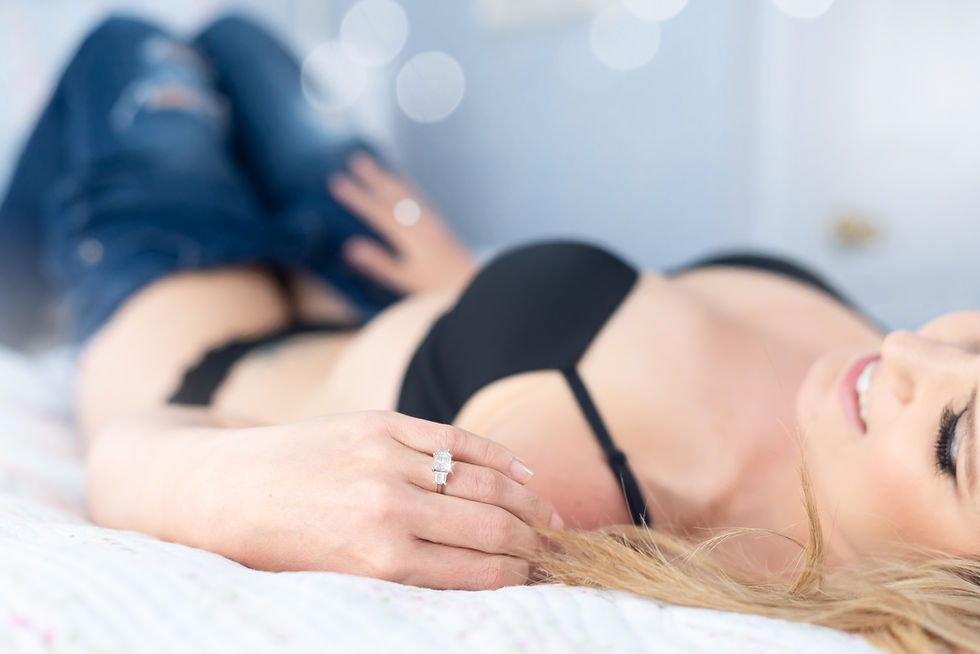5 Important Things Every New Boudoir Photographer Should Know
- Mike Cassidy

- Mar 1, 2023
- 8 min read
Updated: Jan 29, 2024

Boudoir photography, a distinct and increasingly popular genre in the world of photography, uniquely captures beauty, sensuality, and confidence in an artistically alluring manner. This form of photography transcends mere image capturing; it serves as an empowering and transformative experience, particularly resonating with women. It’s about capturing more than physical beauty; it’s a celebration of each woman's essence, spirit, and vivacity, presenting her in a new, empowering light.
The essence of boudoir photography lies in its unique approach: it's not just about taking photos but about creating a deeply personal experience. It involves capturing emotions, vulnerabilities, and the raw, unfiltered strength that each subject possesses. This intimate connection between the photographer and the subject is what lends boudoir photography its profound impact. It’s a journey where the woman steps in front of the camera and sees herself in an entirely new and affirming way.
As a boudoir photographer, your role extends beyond the technical aspects of photography. You act as a guide and confidante, aiding in the transformation of your clients. Each woman brings her own story, perceptions, and insecurities, and it's the photographer's task to weave these into a tapestry of empowering imagery. The objective is not just to take pictures but to enable clients to recognize their worth and beauty, making each session a unique and deeply personal experience.
In the upcoming sections, we will dive deep into the five key aspects of boudoir photography every new photographer should know.
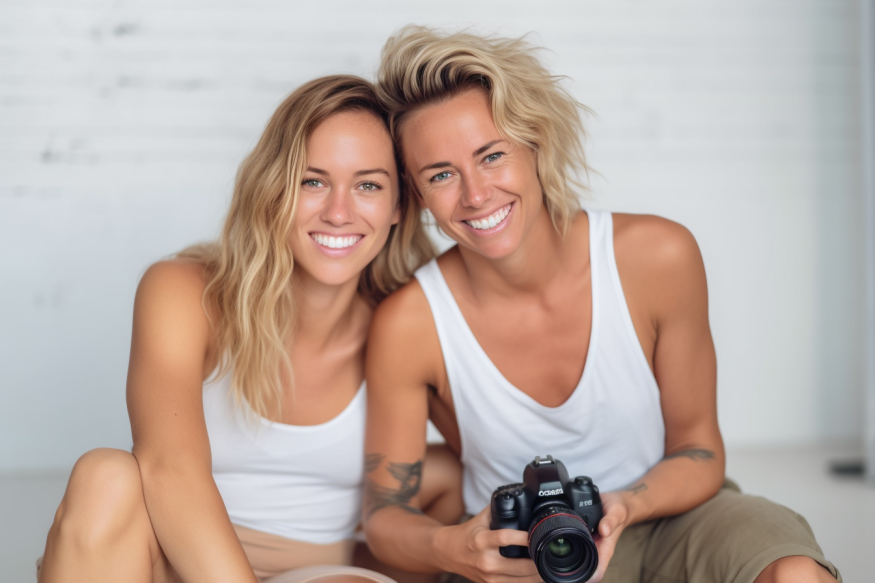
1. It's all about trust.
Trust forms the foundation of boudoir photography, essential in creating a comfortable and intimate environment. It's about more than just professional conduct; it involves building a deep, multifaceted connection with the client. This connection begins during the initial consultation, where understanding the client's desires, fears, and self-perceptions is crucial. Listening empathetically and showing genuine interest in their stories helps establish a rapport essential for the trust required in the photoshoot. It's about forming a bridge of understanding that paves the way for a successful and comfortable photography session.
Respect for personal boundaries is key in nurturing this trust. The delicate balance of guiding the client for the perfect shot while respecting their comfort levels is vital. This respect involves attentively addressing concerns, adapting to their comfort with poses and attire, and never pressuring them into anything they're uneasy with. On the day of the shoot, it's the photographer's responsibility to create a safe, reassuring space. This reassurance helps clients relax and open up, allowing them to present their most authentic selves, which in turn leads to powerful, genuine images.
Trust impacts not only the client's comfort but also the quality of the photographs. When clients feel secure, they reveal true emotions and expressions, resulting in impactful and beautiful images. Cultivating trust in boudoir photography is about more than just being a good listener or maintaining professionalism; it's about understanding and respecting each client's unique journey. It involves creating an environment for vulnerability and nurturing a relationship that allows for the creation of meaningful and impactful art. The trust built with clients is the keystone of the craft, enabling the creation of images that are not only visually stunning but also emotionally resonant.
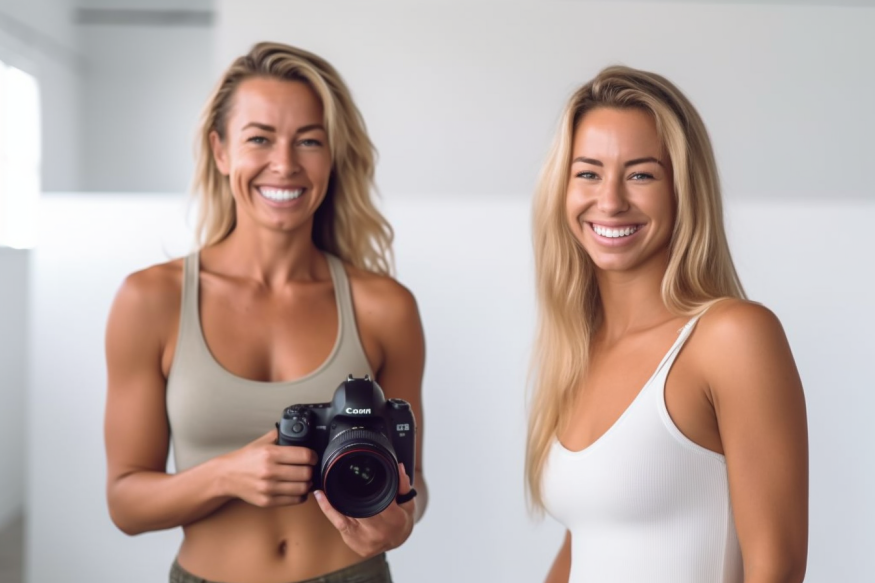
2. Lighting is key.
Lighting in boudoir photography is much more than a mere technical element; it is the creative force that breathes life into each image. It acts as an invisible paintbrush, shaping the mood and atmosphere of the photographs. Natural light can lend a soft, ethereal quality to the images, enveloping the subject in a warm, intimate glow. However, its unpredictability necessitates the use of quality artificial lighting for greater creative control. Tools like softboxes and diffusers become indispensable in sculpting light, allowing for the manipulation of shadows and highlights to create the desired mood and effect.
Mastering lighting requires a willingness to experiment with various techniques and setups. Different lighting styles, such as dramatic spotlighting or combining ambient with artificial light, can produce diverse and visually captivating effects. Understanding lighting is a continuous journey, evolving with each photoshoot. Light should be viewed not just as a tool for illumination, but as a medium of expression, capable of conveying mood and guiding the viewer’s eye. The interplay of light and shadow is crucial in creating depth and texture, enhancing the photograph's overall impact.
Ultimately, effective lighting in boudoir photography is an art form that demands both technical skill and creative vision. It's about using light to tell a story, to highlight the subject’s beauty in a way that resonates with the viewer. As a boudoir photographer, your ability to manipulate light creatively will set your work apart, adding depth and emotion to your images. Embracing the complexities of lighting will not only enhance your photographic skills but also allow you to create powerful, visually stunning images that celebrate the beauty and individuality of your subjects.

3. Poses can make or break a shot.
When navigating the intricate art of boudoir photography, the power of poses cannot be overstated. Each pose is a silent story, a visual narrative that can magnify the allure of an image or diminish its impact. The right pose can radiate confidence, sensuality, and strength, beautifully encapsulating the essence of the person in front of the lens.
Boudoir photography poses are more than just aesthetic structures; they are visual cues that guide the viewer's eye and create a sense of balance and harmony within the frame. Understanding how to utilize poses effectively is akin to learning a new language - one that communicates through the subtle curvature of a spine, the tilt of a head, or the placement of a hand.
One of the important aspects to remember about poses is that they are not one-size-fits-all. Each client is unique, with a different body type, comfort level, and personal style. What works beautifully with one client may not be as flattering or comfortable for another. It's vital to adapt your posing guidance to each individual, taking into account their body type and the outfits they have chosen for the shoot.
Being flexible and intuitive with poses is paramount. There may be certain poses that are more flattering for specific body types, while others work better with different outfits. Practice and repetition will sharpen your instinct in this area. The more you work with various clients, the more adept you'll become at identifying what works best for each individual.
Beyond the physical pose itself, the expression on your client's face can profoundly impact the tone and emotion conveyed in the image. The right expression can add depth to a photograph, helping to communicate the desired mood and narrative. This makes it important to provide your clients with clear guidance on how to achieve the desired expression, whether that's serene, sultry, playful, or powerful.
In the end, poses in boudoir photography are like keys on a piano. Each pose strikes a different note, and it's your job as the artist to arrange these notes into a harmonious melody. Remember, the ultimate goal isn't just to capture a good pose, but to create an image that communicates a message, evokes an emotion, and highlights the inherent beauty of your client. By mastering the art of posing, you'll be able to create images that resonate deeply, leaving a lasting impression on all who view them.
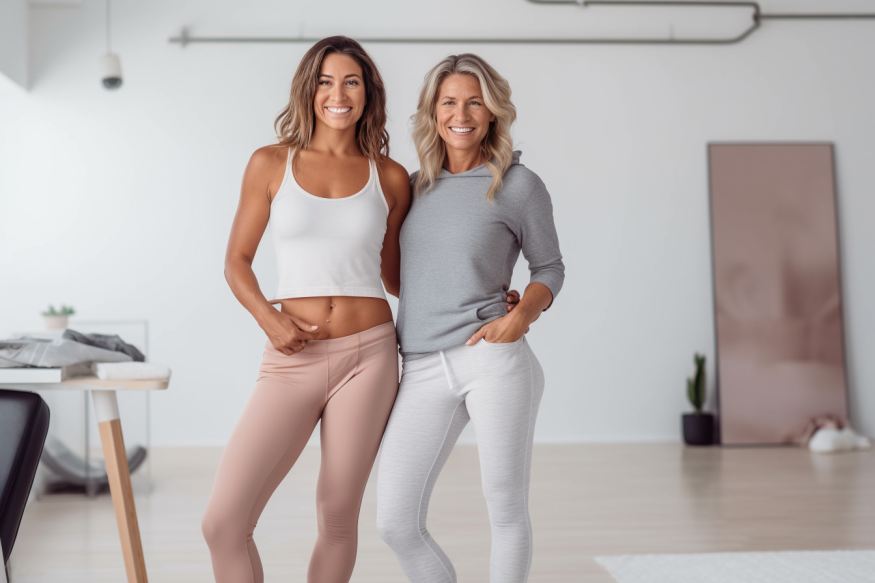
4. Wardrobe choices matter.
Wardrobe selection in boudoir photography plays a pivotal role in shaping the image's narrative. It's essential for clients to choose outfits that make them feel confident and comfortable, as these feelings are often reflected in the photographs. Encouraging clients to select pieces that resonate with their personal style and make them feel empowered is key. The wardrobe is not just about fashion; it’s a critical element that enhances the aesthetic and emotional impact of the images. Consideration of how different colors and textures interact with light and complement the client's skin tone is also vital for creating visually pleasing outcomes.
The fit of the wardrobe is as important as the style. Well-fitting outfits can flatter the client's body and enhance their natural contours, whereas ill-fitting clothes can detract from the photograph's overall appeal. It's crucial to ensure that the chosen attire suits the client's body type and aligns with the intended mood of the shoot. Additionally, accessories can play a significant role in completing the look, adding elegance or a distinctive touch that elevates the photograph.
In boudoir photography, wardrobe choices weave a significant thread in the tapestry of the final image. They serve as an extension of the client's personality and a means to accentuate their beauty. As a photographer, providing guidance on wardrobe selection not only enhances the visual appeal of your images but also contributes to the client's positive experience. The right outfit can transform how clients perceive themselves, enabling their inner radiance and confidence to shine through in the photographs.

5. Editing is key to the final product.
In the symphony of boudoir photography, editing strikes the final, decisive note. It's the invisible hand that fine-tunes the raw capture, enhancing the visual aesthetics, and crafting a cohesive, stunning narrative. The power of editing in boudoir photography is transformative, taking a good image and elevating it to the realm of the extraordinary.
One of the most important aspects of editing is enhancing the natural features of your clients. Every individual is unique, adorned with their own set of distinct characteristics - the curve of a cheek, the color of their eyes, the texture of their hair. Your role as the editor is to accentuate these features, bringing out the best in your clients without altering their essence.
While the allure of transforming an image with a few clicks can be tempting, it's crucial to remember that over-editing can often lead to results that feel artificial and inauthentic. Striking a balance is key. The final images should feel like an enhanced version of reality, not a drastic departure from it.
Consistency in editing is another crucial element in the creation of the final product. A consistent style not only creates a visually cohesive set of images but also helps in building your unique brand as a photographer. Over time, your clients will come to recognize your distinctive style, knowing what to expect when they see your work.
Transparency with your clients regarding your editing process is also of paramount importance. Before the shoot, discuss your approach to editing, ensuring they understand what to expect in the final images. This transparency builds trust and helps manage expectations, ensuring your clients will be satisfied with the final product.
In conclusion, editing is a powerful tool in the realm of boudoir photography. It's a process of refinement, a subtle dance between the artistry of photography and the precision of technology. It's about enhancing beauty, not creating it, about revealing truth, not fabricating it. Remember, the goal is not to change the reality but to interpret it, to present it in its most flattering, authentic, and beautiful form. As the final act in the creation of a boudoir photograph, editing is the key that unlocks the full potential of your images, allowing the beauty and confidence of your clients to truly shine.
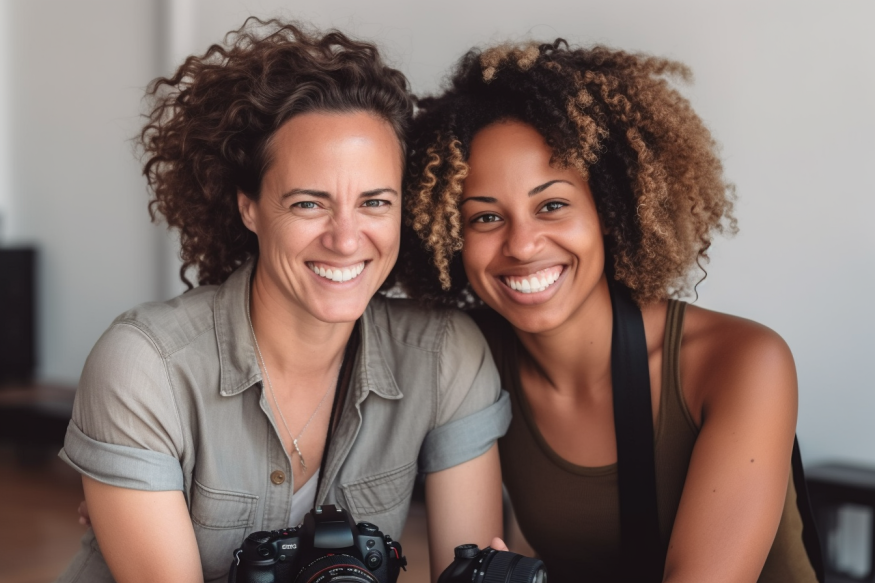
In conclusion
Boudoir photography is more than just a photographic practice; it's an intimate celebration of individuality and beauty. It involves a symphony of trust, masterful lighting, expressive poses, thoughtful wardrobe choices, and delicate editing. Each element is crucial, weaving together to create not just stunning images, but an empowering experience for each client. As a boudoir photographer, your role is multifaceted: a confidante, artist, guide, and storyteller, dedicated to capturing the unique essence of your clients.
At the heart of boudoir photography lies the transformative journey for both the photographer and the client. It's about creating a safe, empowering space where vulnerability is embraced and beauty is celebrated in its most authentic form. Remember, the ultimate goal is not only to produce visually exquisite photographs but also to leave your clients feeling more confident and self-assured than ever before. This art form is a tribute to the strength and grace inherent in each individual, capturing moments that resonate with profound emotional depth and beauty.


